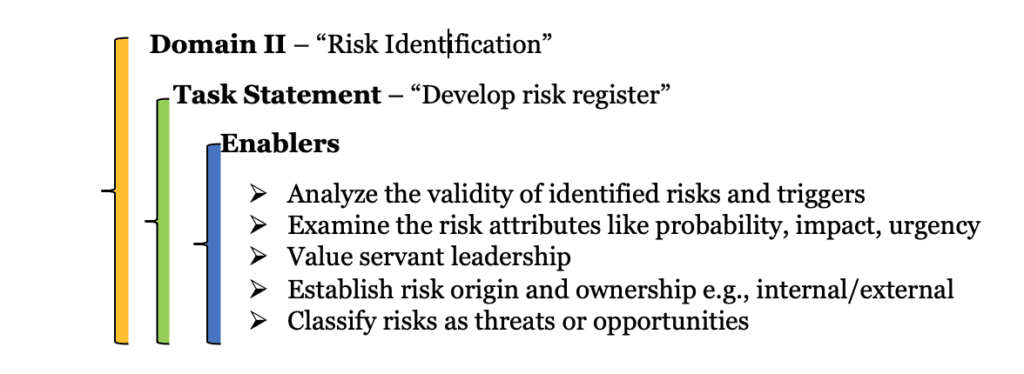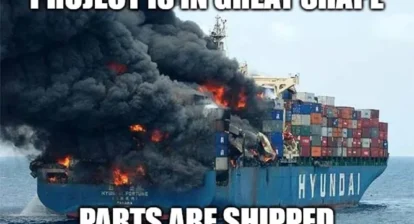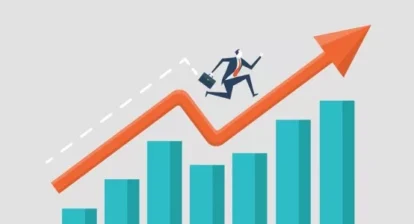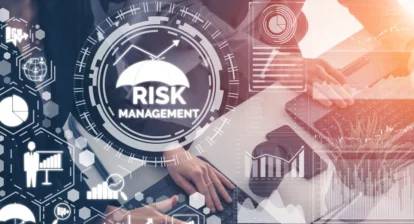The biggest risk in any project is not to act on the risks in a project
– From the Book, I Want to Be A PMI-RMP
Every project is risky and executed in an uncertain environment. If it’s not risky and the work is completely predictable, then you’re probably working on something other than a project. Every management professional understands this aspect of a project, program, and/or portfolio. Therefore, risk management is a dedicated area of expertise.
This is also evident in the standards for projects, programs, or portfolios published by the Project Management Institute (PMI®), where risk management is either a dedicated knowledge area or performance domain. In addition, the PMBOK Guide, 7th edition, reference source for the PMI-RMP exam, now has a dedicated risk principle.
In fact, PMI’s Risk Management Professional (RMP®) certification has been the fastest growing certification from 2020 to 2022. In September 2020, the number of RMPs, worldwide was around 6,000. By the end of August 2022, that number doubled to over 12,000. Such a rapid growth rate has not been seen for any other PMI certification in years.
Why is RMP Certification Growing So Rapidly?
The reasons for growth are quite straightforward.
Today, we live in a beyond VUCA (volatility, uncertainty, complexity, and ambiguity) world. Black swans – those completely outside of our existing experience, understanding, and knowledge – are more frequent than ever before. In such a scenario, industry needs professionals who can navigate in an extremely uncertain world. With its dedicated focus on uncertainty, Risk Management meets this need. In fact, black swan has been introduced for the first time as a project and risk management term in the PMBOK Guide, 7th edition.
The new PMI-RMP, introduced in 2022, is quite different. For the first time, Agile and Hybrid concepts will be part of the exam. Also, for the first time, the newly released exam content outline (ECO) in 2022 is very different from the previous exam. In addition, several changes have taken place considering exam pattern, questions, and references, among others.
Though the number of domains in the ECO remains the same, the domains themselves are changed, and each domain comes with tasks and enablers encompassing predictive, adaptive, and hybrid approaches.
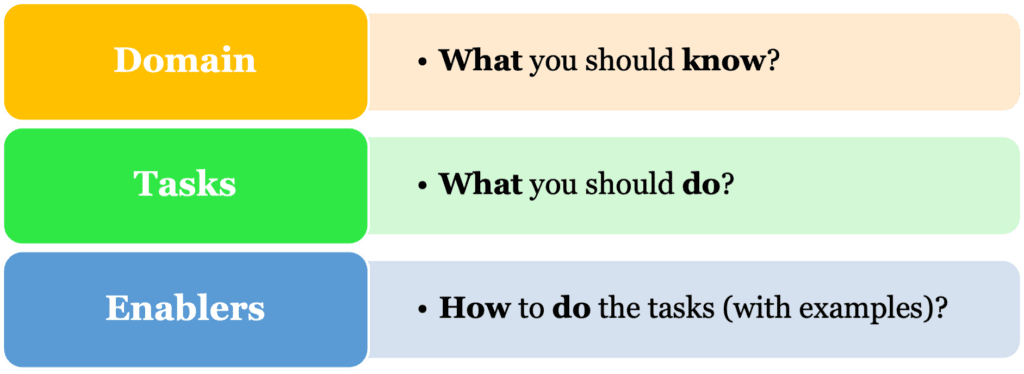
For example, the domain of Risk Identification includes a task to “Develop Risk Register,” which in turn has a number of enablers. This is depicted in the below figure.
As shown, the above task’s enablers include the concepts of servant leadership, which is predominantly used in Adaptive/Agile environments. Similarly, Agile and Hybrid concepts are introduced in many other domains.
The high growth of PMI-RMPs in the last two years is also due the following facts:
- PMI, a globally recognized body within the risk management community, is leading the effort.
- Unlike many other risk certifications, which can be easily done in a few days with little to no effort or learning, the RMP certification takes sincere effort on your part to earn it. The required effort gives this certification more value.
- You will learn many models, frameworks, tools, and techniques for Risk Management, such as Cynefin Framework, Monte Carlo Analysis, Latin Hypercube Simulation, System Dynamics, Decision Tree Analysis, Contingency, Reserve Estimation, among many others.
- It is well-structured, well-administered, tested professionally, and recognized within the risk management community.
- The exam tests your practical understanding of risk management, as you face a number of questions, and asks you to interpret various graphical questions.
- The RMP certification is constantly evolving to meet the needs of RMPs and the Risk Management Profession. This is evidenced by the fact the PMI changed the ECO in 2022.
- As it’s a specialized certification with cross-industry applicability, having this certification sets your resumé apart, compared to only having the PMP credential.
In my upcoming webinar, we will discuss the following:
- How to go from Aspiring RMP to Candidate RMP to Certified RMP
- How to continue being an RMP
- How to apply Risk Management in the real world
This roadmap to becoming a certified RMP is based on my teachings, interactions, and experiences. I will share what I’ve learned from professionals aspiring to be RMPs and those who have already become RMP certified through my sessions and following my books and courses.
When you join us, you will learn detailed steps for how to be a PMI-RMP, how to work as a PMI-RMP, and the practical applications for being a certified RMP in the real world.
Click here to register for this upcoming webinar: How to be A PMI-RMP (Risk Management Professional)? I hope to see you live on November 9, 2022!


